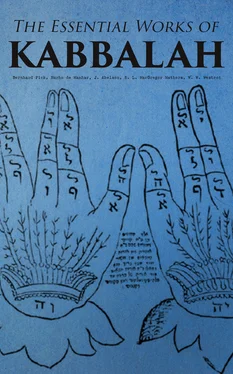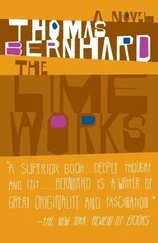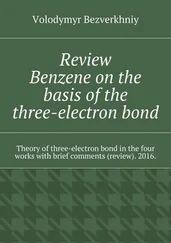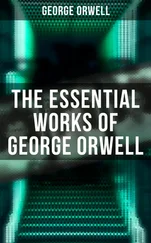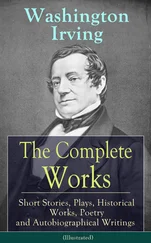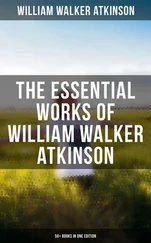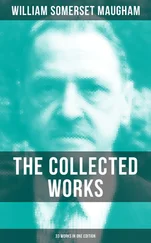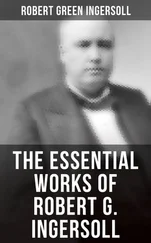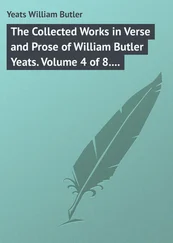5. Midrash Ruth, a fragment.
6. Sepher hab-bahir, i. e., "The Book of Clear Light."
7 and 8. Tosephta and Mattanitan, i. e., "Small Additional Pieces," which are found in the three volumes.
9. Rata mehemna, i. e., "The Faithful Shepherd," found in the second and third volumes. The faithful shepherd is Moses who holds a dialogue with Rabbi Simon, at which not only the prophet Elijah is present, but Abraham, Isaac, Jacob, Aaron, David, Solomon, and even God himself make their appearance.
10. Hekaloth, i. e., "The palaces," found in the first and second volumes, treats of the topographical structure of paradise and hell.
11. Sithre Torah, i. e., "The Secrets of the Law."
12. Midrash han-neelam, i. e., "The Concealed Treatise," in which passages of Scripture are explained mystically. Thus Lot's two daughters are the two proclivities in man, good and evil (I, 110). It also discourses on the properties and destiny of the soul.
13. Raze de Razin, i. e., "Mysteries of Mysteries," contained in II, 70a-75a, is especially devoted to the physiognomy of the Cabala, and the connection of the soul with the body.
14. Mid rash Chazith, on the Song of Songs.
15. Maamar to Chazi, a discourse, so entitled from the first words, "Come and see."
16. Yanuka, i. e., "The Youth," given in III, \86a-192a, records the discourses delivered by a young man who according to R. Simon was of superhuman origin.
17. Pekuda, i. e., "Illustrations of the Law."
18. Chibbura Kadmaah, i. e., "The Early Work."
The body of the work is sometimes called Zohar Gadol, "The Great Zohar."
Authorship of the Zohar.—Who is the author of this remarkable book, which has continued to be a text-book up to the present day, for all those who have espoused the doctrines of the Cabala? We have anticipated the answer, but let us see which reasons were adduced by modern scholarship to prove that the Zohar is a forgery of the thirteenth century.
Now the Zohar pretends to be a revelation from God communicated through Rabbi Simon ben Jochai* to his select disciples, according to the Iddera Zuta (Zohar III, 287b). This declaration and the repeated representation of Rabbi Simon ben Jochai, as speaking and teaching throughout the production fixed the authorship upon Rabbi Simon, an opinion maintained not only by Jews for centuries, but even by distinguished Christian scholars. On the other hand it has been clearly demonstrated by such Jewish scholars as Zunz, Geiger, Jellinek, Graetz, Steinschneider, and a host of others, that the Zohar is not the production of Rabbi Simon, but of the thirteenth century, by Moses de Leon (1250-1305). 1
Simon ben Jochai was a pupil of Rabbi Akiba; but the earliest mention of the book's existence occurs in the year 1290, and the anachronisms of its style and in the facts referred to, together with the circumstance that it speaks of the vowel-points and other Masoretic inventions which are clearly posterior to the Talmud, justify J. Morinus (although too often extravagant in his wilful attempts to depreciate the antiquity of the latter Jewish writings) in asserting that the author could not have lived much before the year 1000 of the Christian era (Exercitationes Biblicae, pp. 358-369). This later view of the authorship is sustained by the following reasons:
1. The Zohar most fulsomely praises its own author, calls him the Sacred Light, and exalts him above Moses, "the faithful Shepherd" (Zohar III, 1326; 144a), while the disciples deify Rabbi Simon, before whom all men must appear (II, 38a).
2. The Zohar quotes and mystically explains the Hebrew vowel-points (I, \6b, 24b; II, 116a; III, 65a), which were introduced later. 2
3. The Zohar (II, 32a) mentions the Crusades, the temporary taking of Jerusalem by the Crusaders from the Infidels, and the retaking of it by the Saracens.
4. The Zohar (III, 2126) records events which transpired A. D. 1264.
5. The doctrine of En-Soph and the Sephiroth, as well as the metempsychosian retribution, were not known before the thirteenth century.
6. The very existence of the Zohar, according to the stanch Cabalist Jehudah Chayoth (about 1500), was unknown to such distinguished Cabalists as Nachmanides and Ben-Adereth (12351310) ; the first who mentions it is Todros Abulafia (1234-1306).
7. Isaac of Akko (about 1290) affirms that "The Zohar was put into the world from the head of a Spaniard."
8. The Zohar contains passages which Moses de Leon translated into Aramaic from his works, e. g., the Sepher ha-Rlmmon, as Jellinek has demonstrated in his Moses de Leon und sein Verhaltniss sum Sohar," Leipsic, 1851, p. 21-36; (see also Graetz, Geschichte der Judcn, VII, 498; 2d ed., 1873, p. 477 et seq.).
These are some of the reasons why the Zohar is now regarded as a pseudograph of the thirteenth century, and that Moses de Leon should have palmed the Zohar upon Simon ben Jocha'i was nothing remarkable, since this rabbi is regarded by tradition as the embodiment of mysticism. There was also a financial reason, for from the Book Juchasin (pp. 88, 89, 95, ed. Filipowski, London, 1857) we learn that when his wife asked him why he published the production of his own intellect under another man's name, Moses de Leon replied "that if he were to publish it under his own name nobody would buy it, whereas under the name of Rabbi Simon ben Jochai it yielded him a large revenue."
With the appearance of the Zohar we find also a Zohar School, which is a combination and absorption of the different features and doctrines of all the former methods, without any plan or method; and we must not be surprised at the wild speculations which we so often find in the writings of the post-Zohar period. In Spain especially the study of the Zohar took deep root, and found its way to Italy, Palestine and Poland.
1See my article s. v. in McClintock and Strong Professor Strack, who is entitled to a hearing in matters of Rabbinic literature, says: "He [Rabbi Simon] has long been regarded as the author of the Zohar; but this mam work of the Cabala was in reality composed in Spain by Moses ben Shem Tob de Leon in the second half of the thirteenth century, as has been proved especially by Jacob Emden, in Mitpahath Sepharim, Altona, 93 -Einleitung m dcn Talmud, 4th ed., Leipsic, 1908.
2See my article "Vowel-Points" in McClintock and Strong.
CHAPTER IV.
THE CABALA IN THE POST-ZOHAR PERIOD.
Table of Contents
Visionary Teachings.—The new text-book of religion which was introduced into Judaism by stealth, "placed the Kabbala, which a century before had been unknown, on the same level as the Bible and the Talmud, and to a certain extent on a still higher level. The Zohar undoubtedly produced good, in so far as it opposed enthusiasm to the legal dry-as-dust manner of the study of the Talmud, stimulated the imagination and the feelings, and cultivated a disposition that restrained the reasoning faculty. But the ills which it has brought on Judaism outweigh the good by far. The Zohar confirmed and propagated a gloomy superstition, and strengthened in people's minds the belief in the Kingdom of Satan, in evil spirits and ghosts. Through its constant use of coarse expression, often verging on the sensual, in contradistinction to the chaste, pure spirit pervading Jewish literature, the Zohar sowed the seeds of unclean desires, and later on produced a sect that laid aside all regard for decency. Finally, the Zohar blunted the sense for the simple and the true, and created a visionary world in which the souls of those who zealously occupied themselves with it were lulled into a sort of halfsleep and lost the faculty of distinguishing between right and wrong. Its quibbling interpretations of Holy Writ, adopted by the Kabbalists and others infected with this mannerism, perverted the verses and words of the Holy Book, and made the Bible the wrestling-ground of the most curious insane notions."
Читать дальше
